Multifractal analysis of aerosol particle concentration during rain and dry conditions in nm and µm range
Résumé
Below cloud scavenging by rain is known to be a very efficient sinking mechanism for aerosols in atmosphere. Since this scavenging depends on interaction between aerosol particles as well as the scavening raindrops, and notably their respective size ranges, it is interesting to examine both fields together across various size ranges and across temporal scales. Towards this, a 4 month long data was used from Cherbourg-Octeville, France from 01/11/2010 to 12/03/2011 from the experimental station managed by Institut de Radioprotection et de Sûreté Nucléaire (IRSN). Here, simultaneous and continuous measurement of size resolved particle concentration (14.6 to 478.3 nm and 0.523 to 19.81 µm) range has been done using Scanning Mobility Particle Sizer (SMPS) and Aerodynamic Particle Sizer (APS), and rain measurement using a disdrometer. Variation of total aerosol concentration in nm and µm range, as well as individual number concentration in small size bins were analyzed according to rain and dry events, using the framework of Universal Multifractals (UM). UM is widely used, as a physically based scale invariant framework, for characterizing and simulating extreme variability and intermittency in geophysical fields. From initial analysis, the total concentration showed scaling properties (1 min to 1 hr), in both rain and dry events, regardless the scavenging efficiency of event. This was further explored in individual concentration ranges and they showed similar scaling properties in different rain types. However, while considering the different stages of rain, say start and end, the values of UM parameters showed some variation. To understand the behavior more clearly, few sizes were selected from nm and µm range, and efforts were made to extract the field which is devoid of scavenging by rain. Understanding the correct transformation required to extract accurate UM values and comparing the scavenging and non scavenging fields will improve understanding of particle concentration variation, and eventually understanding of scavenging coefficient.
